There can be your advertisement
300x150
Redesigning a Small Bathroom: What You Need to Know
We analyze how to legally expand the bathroom area, where you can relocate equipment, and what is strictly forbidden
Architect and designer Ruslan Kirnichansky shares secrets of redesigning in his blog "Diary of an Architect" — we already learned how to legally move a kitchen into a room. Today it's the bathroom's turn.
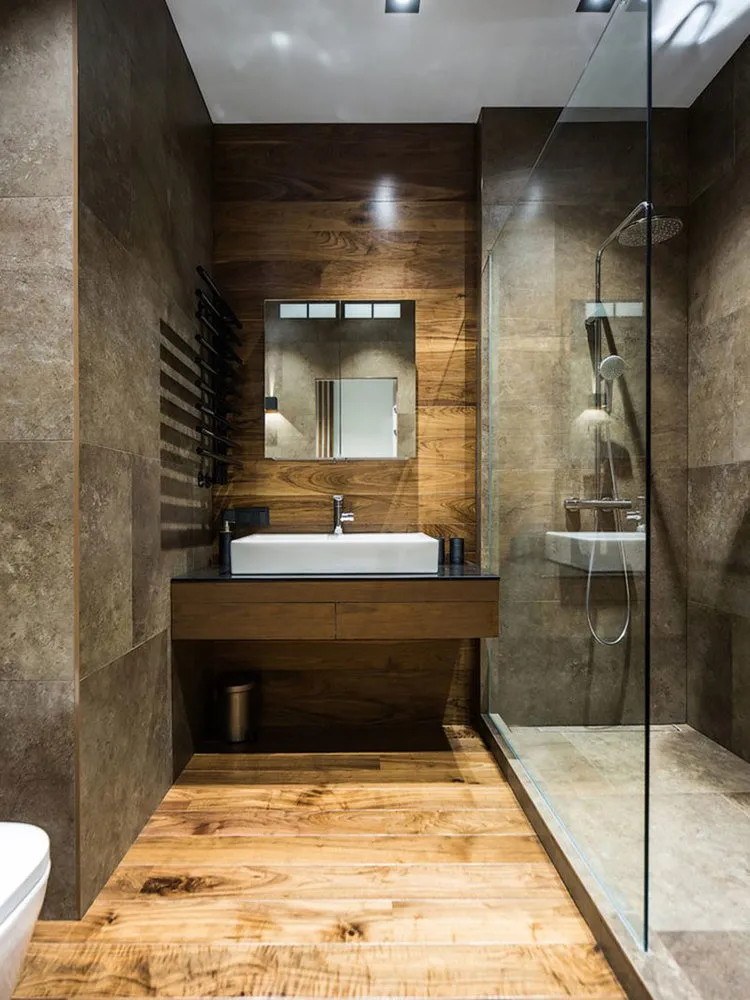 Relocating Plumbing
Relocating Plumbing
During a redesign, you can change the location of sanitary fixtures, but must consider their technical connection capabilities — ensure independent operation of engineering systems.
The biggest problem with the sewage pipe is that for natural drainage, a two-degree slope is required. The farther away you move the toilet, the higher it will need to be installed.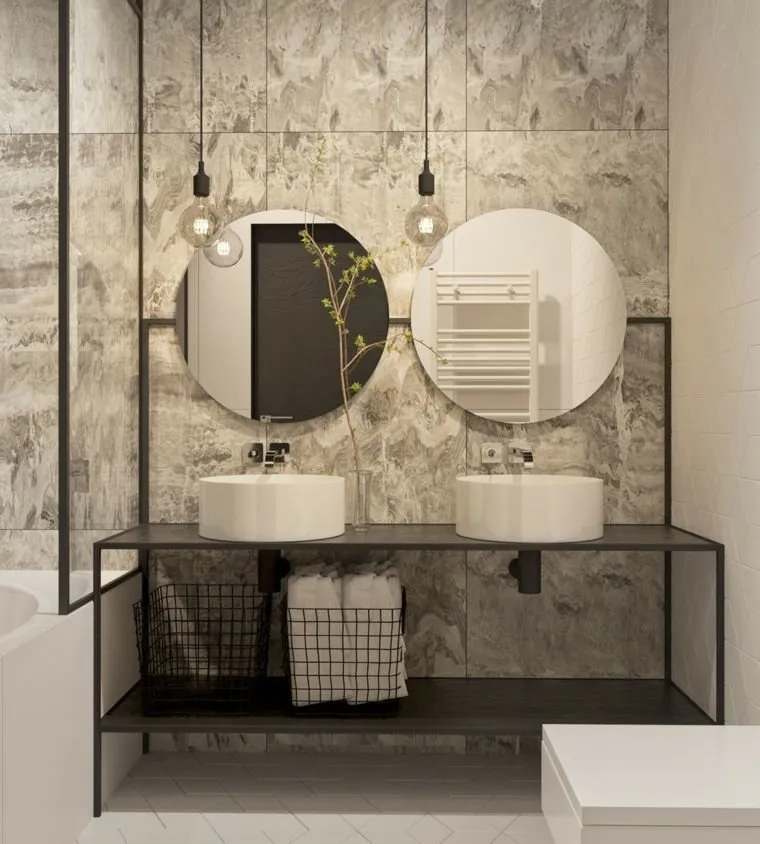 Proper Power Outlets
Proper Power Outlets
In wet zones, use only waterproof outlets — with covers that protect the mechanism from humid air and water splashes.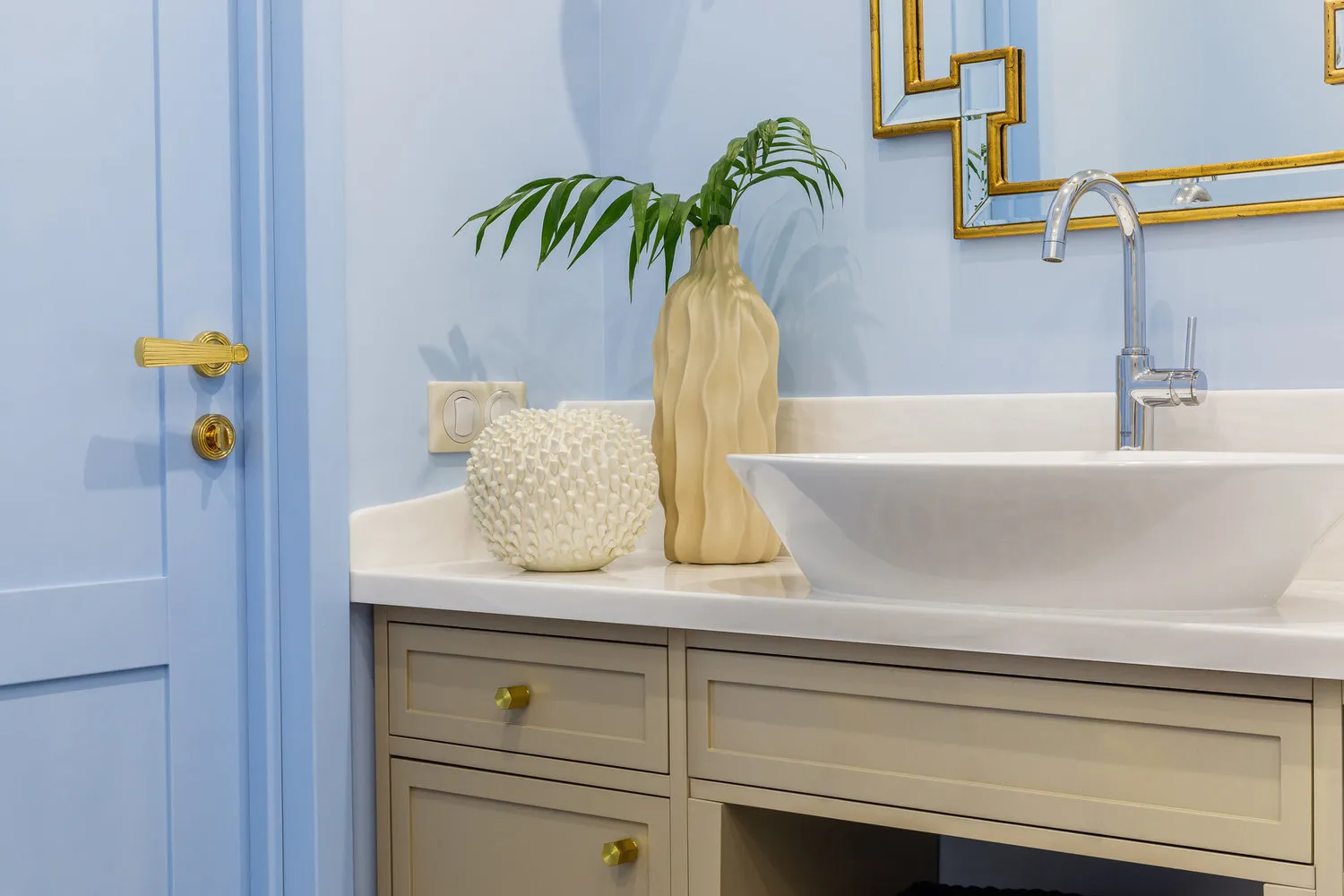 Design: Anna Akopyan. Two-Post Switches — Legrand, Celiane Collection
Design: Anna Akopyan. Two-Post Switches — Legrand, Celiane Collection
Properly Moving a Towel Warmer
For proper operation of a towel warmer, free circulation of hot water is required. The further it is from the main line, the weaker the pressure inside it. This applies to all corners and pipe bends — they create obstacles and reduce water circulation speed.
Also, the radiator model and size affect this — choose small models not exceeding 80x100 cm in dimensions. Electric Towel Warmer
Electric Towel Warmer
If there is no technical possibility to relocate a water-based towel warmer, use an electric model — the radiator will be hot at any time of year and can be turned off when needed.
Keep in mind that such radiators consume a lot of electricity, so it's important to plan a separate cable that does not intersect with other outlets. Exhaust Fan Must Work
Exhaust Fan Must Work
To accelerate the process of removing humid air, a special exhaust fan can be installed that forcibly extracts air from the bathroom. Removing the Plumbing Cabin
Removing the Plumbing Cabin
In standard panel buildings, so-called plumbing cabins are often found. These are "rooms within rooms" located inside the bathroom, housing the bathtub and toilet. These cabins were designed to minimize damage during flooding. Often they are removed due to high thresholds that interfere with movement and look unattractive. Demolishing a plumbing cabin is a legal option.
If during the redesign, the plumbing cabin was damaged, you must perform waterproofing works.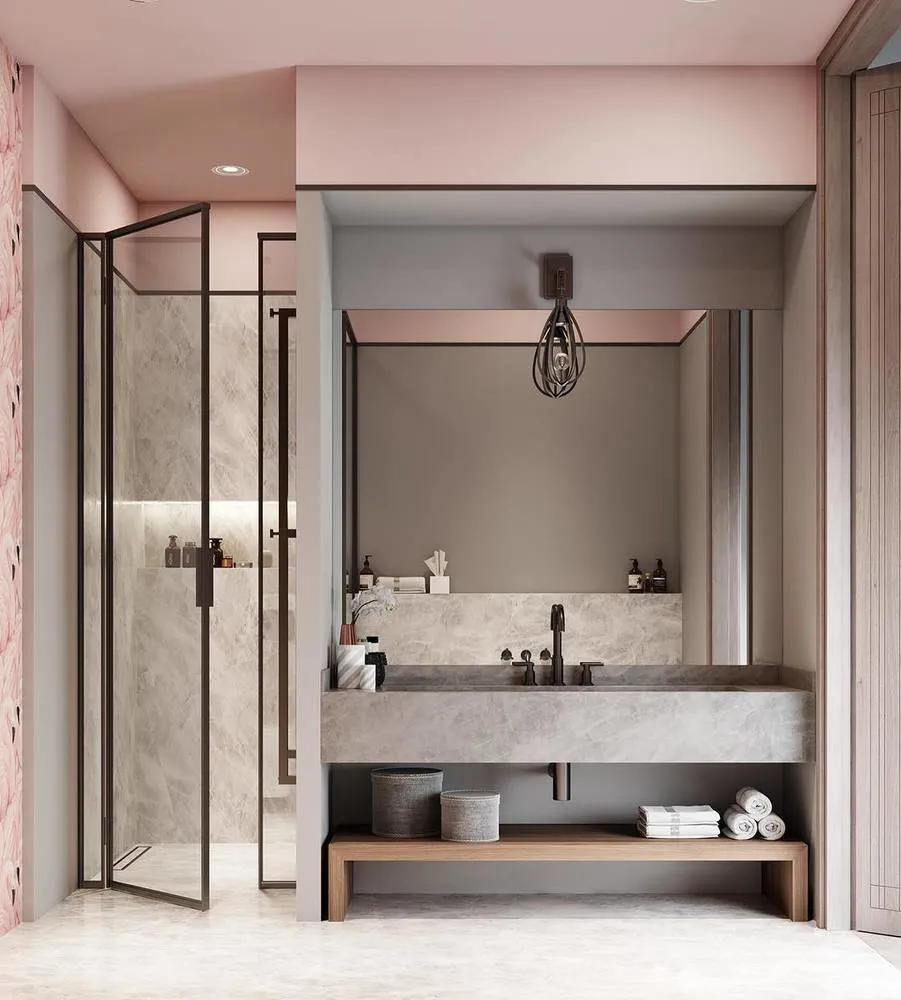 Installing a Mounting Bracket (Wall-mounted Toilet)
Installing a Mounting Bracket (Wall-mounted Toilet)
Mounting brackets allow you to save space in a small bathroom, but it's crucial to select a quality model and properly connect the engineering systems.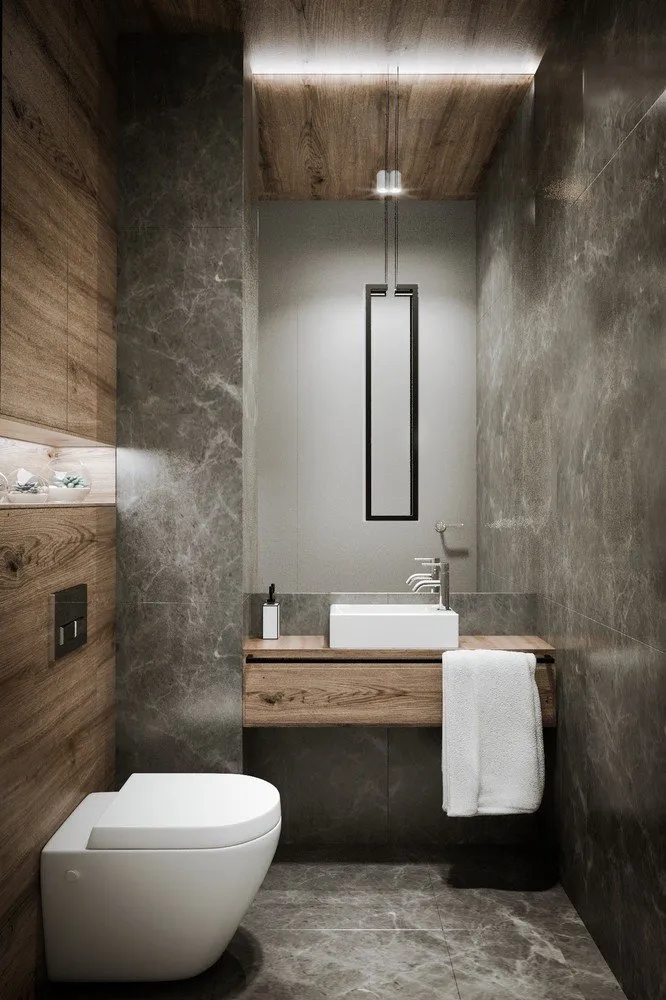
Ruslan Kirnichansky, Expert Architect, Interior Designer Expanding the Wet Zone Area
Expanding the "wet" zone is allowed only by using non-living space. It is strictly forbidden to expand bathrooms at the expense of living room or kitchen area.
 Combining the Bathroom
Combining the Bathroom
If combining does not involve structural walls of the "wet" zone, the redesign can be done without preliminary approval.
Practically, this looks like: removing the partition between the toilet room and the bathroom, then modifying the apartment technical passport.
 Relocating Plumbing
Relocating PlumbingDuring a redesign, you can change the location of sanitary fixtures, but must consider their technical connection capabilities — ensure independent operation of engineering systems.
The biggest problem with the sewage pipe is that for natural drainage, a two-degree slope is required. The farther away you move the toilet, the higher it will need to be installed.
 Proper Power Outlets
Proper Power OutletsIn wet zones, use only waterproof outlets — with covers that protect the mechanism from humid air and water splashes.
 Design: Anna Akopyan. Two-Post Switches — Legrand, Celiane Collection
Design: Anna Akopyan. Two-Post Switches — Legrand, Celiane CollectionProperly Moving a Towel Warmer
For proper operation of a towel warmer, free circulation of hot water is required. The further it is from the main line, the weaker the pressure inside it. This applies to all corners and pipe bends — they create obstacles and reduce water circulation speed.
Also, the radiator model and size affect this — choose small models not exceeding 80x100 cm in dimensions.
 Electric Towel Warmer
Electric Towel WarmerIf there is no technical possibility to relocate a water-based towel warmer, use an electric model — the radiator will be hot at any time of year and can be turned off when needed.
Keep in mind that such radiators consume a lot of electricity, so it's important to plan a separate cable that does not intersect with other outlets.
 Exhaust Fan Must Work
Exhaust Fan Must WorkTo accelerate the process of removing humid air, a special exhaust fan can be installed that forcibly extracts air from the bathroom.
 Removing the Plumbing Cabin
Removing the Plumbing CabinIn standard panel buildings, so-called plumbing cabins are often found. These are "rooms within rooms" located inside the bathroom, housing the bathtub and toilet. These cabins were designed to minimize damage during flooding. Often they are removed due to high thresholds that interfere with movement and look unattractive. Demolishing a plumbing cabin is a legal option.
If during the redesign, the plumbing cabin was damaged, you must perform waterproofing works.
 Installing a Mounting Bracket (Wall-mounted Toilet)
Installing a Mounting Bracket (Wall-mounted Toilet)Mounting brackets allow you to save space in a small bathroom, but it's crucial to select a quality model and properly connect the engineering systems.

More articles:
 How to Organize Storage in a Small Apartment: 10 Solutions
How to Organize Storage in a Small Apartment: 10 Solutions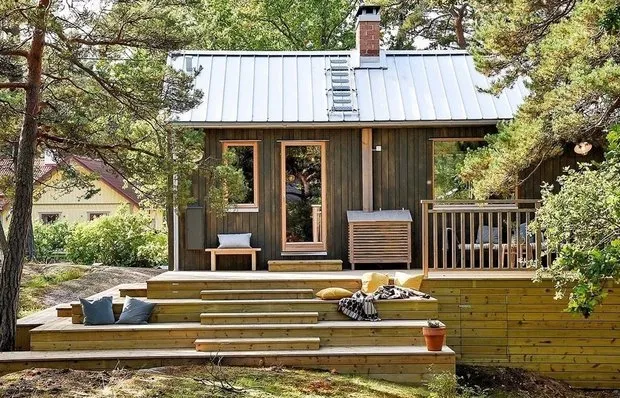 How to Furnish a 33 Square Meter Home: Example from Sweden
How to Furnish a 33 Square Meter Home: Example from Sweden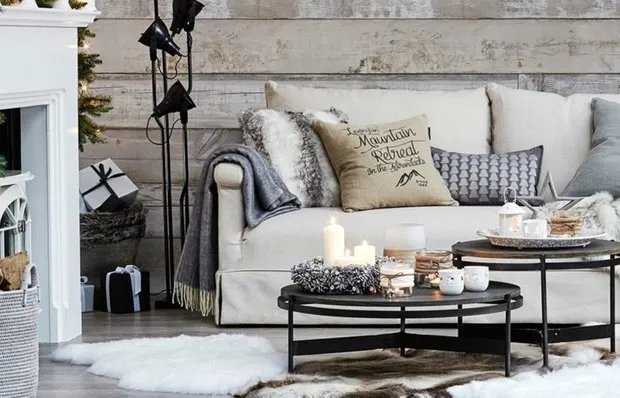 8 Successful Design Purchases for Cold Season
8 Successful Design Purchases for Cold Season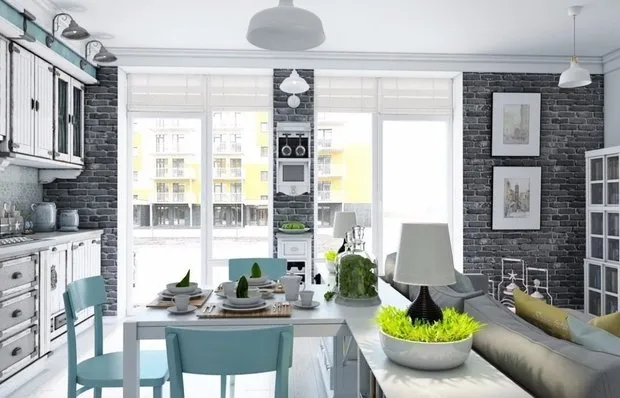 Decorative Stone for Interior with Photos
Decorative Stone for Interior with Photos French Style in Interior Design
French Style in Interior Design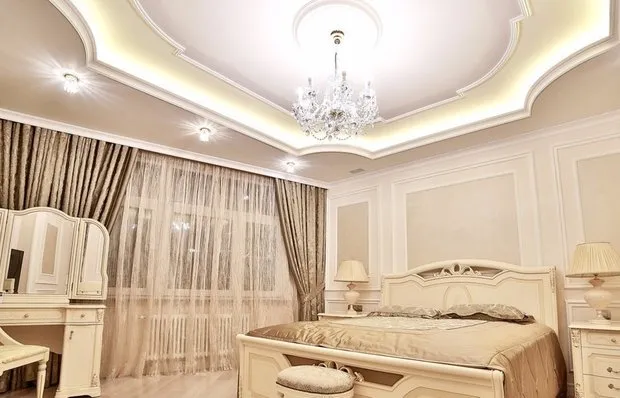 Ceiling Design in Bedroom
Ceiling Design in Bedroom Electrical Installation: 5 Most Common Mistakes
Electrical Installation: 5 Most Common Mistakes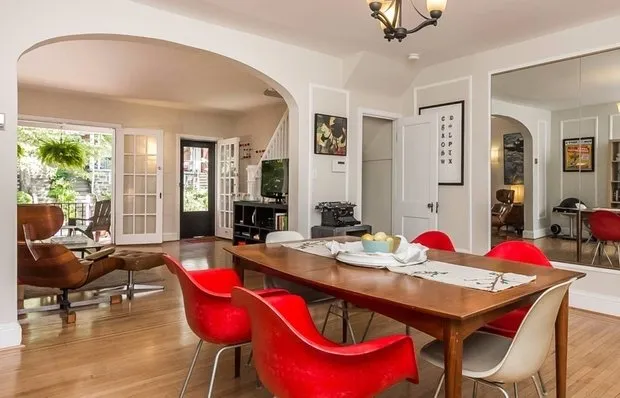 Gypsum Archways - Interior Design Photos
Gypsum Archways - Interior Design Photos